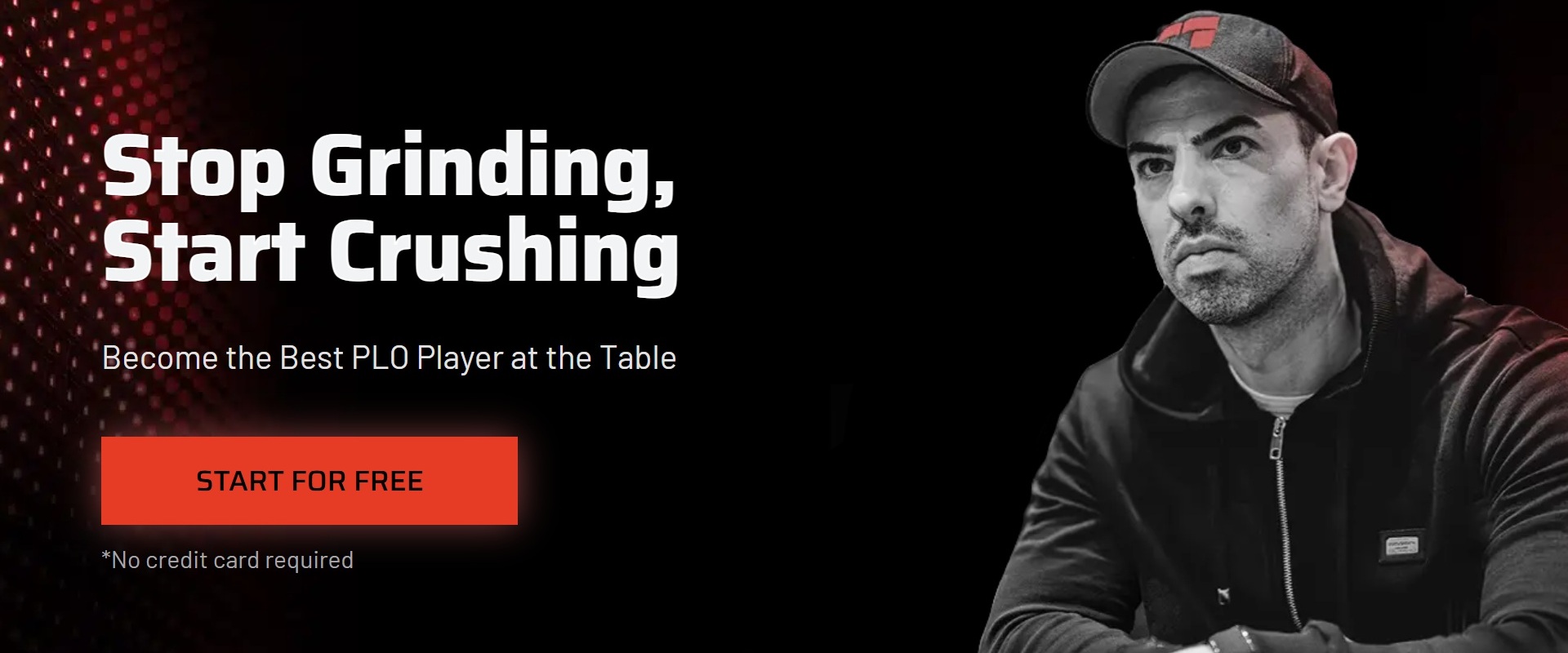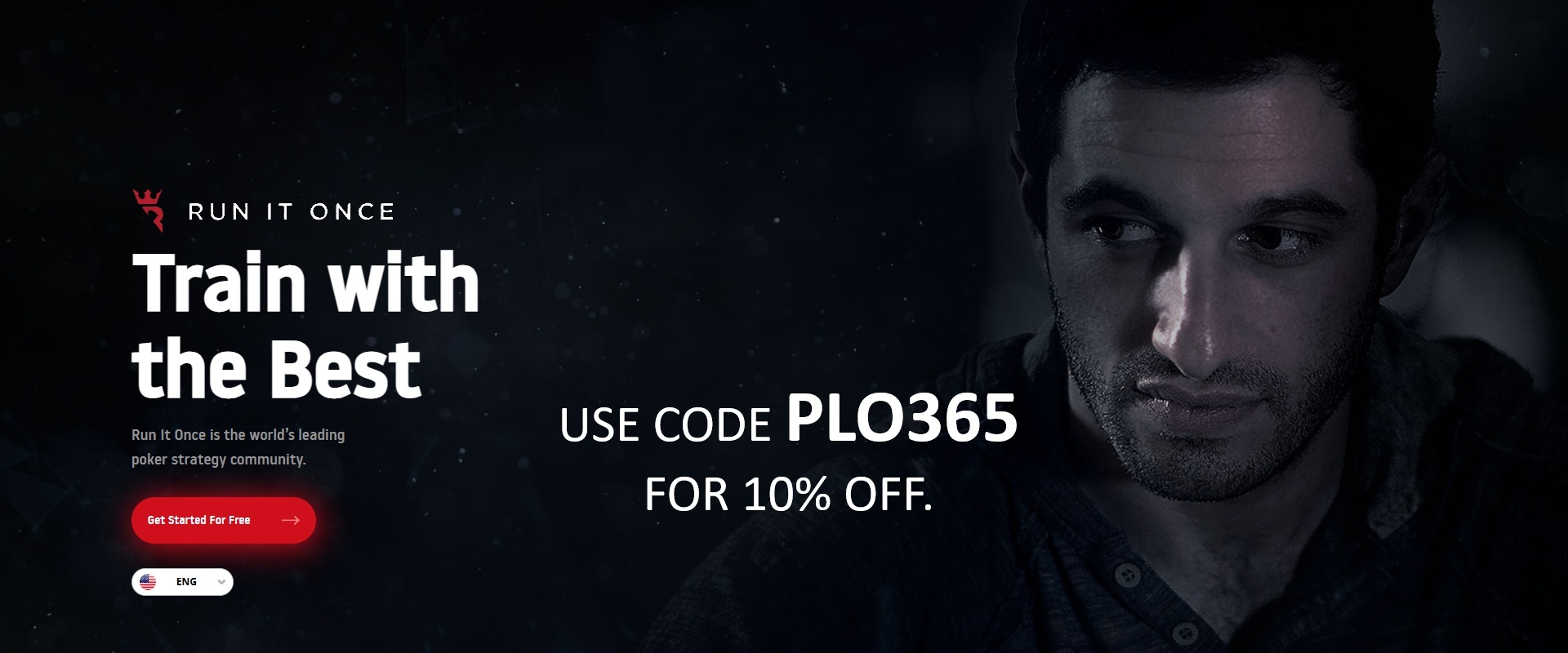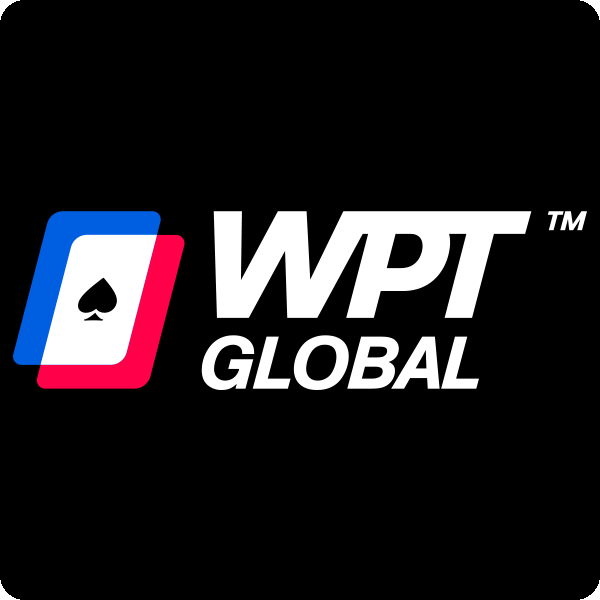10 Omaha Poker Game Types You Need to Know: Rules, Strategy & Where to Play

You’ll get clear rules, fast how-to advice, and a direct link to a full guide for every major Omaha Poker game. I’ll keep the language simple, add bullets where it helps, and stay focused on moves you can use today.
Introduction
Omaha Poker looks wild at first glance. More cards, more draws, more action. The secret is simple: you always use exactly two hole cards and three board cards, no matter the variant. That single rule shapes how hands form and how often you’ll need the nuts. Showdowns trend stronger than in Hold’em, and multiway pots are common, so you plan ahead and pick hands that can make the best possible hand in multiple ways.
Omaha Poker uses the same four betting rounds as Hold’em: preflop, flop, turn, river. The difference is the bet structure you pick: pot-limit, no-limit, or fixed limit. Pot-limit caps each raise to the size of the pot, no-limit lets you bet your whole stack, and fixed limit uses set bet sizes per street.
A few truths hold across the family:
- Strong starting hands are coordinated. Suitedness, connectivity, and high-card strength increase playability. Danglers hurt you.
- You need nut potential. Draw to the nuts, especially in multiway pots. Second-best hands get punished.
- Position matters. Acting last makes it easier to control pot size and realize equity.
- New to an Omaha Poker game? Start tighter. Add hands as you gain feel for postflop spots.
Below, you’ll find each variant laid out the same way: Rules, Quick info, and a direct link to your dedicated page on PLO365 for deeper study.
Best Omaha Poker sites in 2025
WPT Global
Free Tournament tickets up to $480
Free Casino Coin up to $100
30% Rakeback
Network: Independent
Phenom Poker
up to 35% Rakeback
Soft Action
Network: Independent
Juicy Stakes Poker
36% Rakeback
Spin & Gos with up to 12,000x your Buy-in
Network: Horizon Poker
Champion Poker
Network: iPoker
Pot Limit Omaha (4card PLO)
PLO Rules
- You get four hole cards in Pot Limit Omaha. Use exactly two of them plus exactly three board cards to make your hand. That never changes, from pre to river.
- Betting follows four streets like Hold’em: preflop, flop, turn, river.
- Pot Limit Omaha rules cap the max bet or raise to the current pot size at the time of the action.
- Standard poker hand rankings apply. Showdown winners tend to be stronger hands than in Hold’em.
That’s the 4 card PLO skeleton. Once you lock the structure, you can focus on how to play Pot Limit Omaha in real games.
Quick info
How to play Pot Limit Omaha without punting stacks:
- Pick coordinated starters. Double-suited premiums, high rundowns like AKQJ, and big pairs with support. Avoid hands with a single “dangler” that doesn’t connect.
- Draw to the nuts. On dynamic boards, straight and flush draws show up everywhere. Aim for nut draws with redraws. Low flushes and baby straights get you stacked in multiway pots.
- Play more hands in position. You realize equity better and control pot size more often when acting last.
- Common leaks to cut on day one:
- Overvaluing one pair, even AA, especially on wet textures.
- Misreading hands by not using exactly two hole cards (it happens).
- Playing too many weak combinations preflop.
Basic Pot Limit Omaha strategy by street:
- Preflop: open tighter early, widen on the button. 3-bet hands that have playability postflop and nut routes.
- Flop: c-bet more often on dry boards your range hits; check more and size up value on wet runouts. Draw to nut outs, not weak draws.
- Turn: press equity and blockers versus players who call flops wide then fold turns. Population overfolds turns, so choose clean double barrels more often.
- River: use small block bets out of position to set price with medium-strength bluff-catchers. People under-raise river block bets without very strong hands.
Fast exploits that print in PLO pools:
- Size up value vs calling stations; bluff less. Many recreational players misjudge pot odds and call too wide on earlier streets, then fold too much on turns and rivers.
- Delay c-bet against flop sticky types, then take the pot on the turn more often.
Hand review plan with our free PLO odds calculator:
- Build 10 common flop spots you see in 4 card PLO. Run equities for your made hands and combo draws versus plausible ranges. Tag boards where you need nut redraws to stack off profitably.
- The goal isn’t memorizing numbers. It’s training an eye for when nut potential and redraws justify aggression.

Learn more: Check out the Pot Limit Omaha training sites PLO Mastermind, which offers a 30-day Pot Limit Omaha course.
5 Card PLO
5 card PLO Rules
- 5 card PLO deals five hole cards. You still must use exactly two cards from your hand with three from the board to make your final hand.
- Betting is pot-limit across preflop, flop, turn, river, same as standard PLO.
- Hand rankings are standard; average showdown strength climbs because you have more combinations.
Those are the 5 card Plo rules in a nutshell. The extra card shifts everything.
Quick info
How to play 5 card PLO without overestimating your hand:
- Respect hand strength inflation. With five hole cards, more players make strong draws and strong made hands. You need a stronger baseline to bet and stack off profitably.
- 5 card Omaha favors tight early opens. Add volume in late position when you can control pot geometry.
- 5 card plo strategy hinges on nut coverage:
- Prioritize ace-high nut suits with backup and connected high cards.
- Be careful with king-high flush plans that lack backup. Domination risk is higher with the fifth card in play.
- Rundowns with suited aces shine because they create multiple nut routes.
- Avoid “protection bets.” Equities run closer than you think in 5 card Omaha, and small protection stabs often torch EV. Focus on value betting and fold equity when your coverage is clean.
- Use SPR templates to guide commitment. At low SPR, strong made hands and robust combo draws can drive big bets. At mid to high SPR, favor hands with nut redraws over fragile top pairs or weak flushes.
Practical adjustments coming from 4 card PLO:
- Cold call less in the blinds. You’ll get squeezed between players who also hold five-card combos with nut draws.
- 3-bet more selectively out of position. Your equity realization suffers when ranges are strong and boards run dynamic.
- On the flop, size smaller on some dynamic textures to keep dominated ranges in when you have nut coverage. Save big bets for hands that can face heat on many turns.
Defense and exploitation:
- Minimum Defense Frequency still matters, but deviate when the pool under-bluffs wet boards. Call more with nut blockers and fold more of the cap if your hand lacks clean redraws.
- Many players wrongly believe “all equities are close.” They overdefend with dominated draws. Punish them by value betting thinner and skipping low-EV bluffs.
Simple training loop with our free 5 Card PLO Odds Calculator:
- Build a 5-hand set of common PLO5 flops and run equities for your hand classes against likely ranges. Note how combo draws with nut suits dominate other draws.
- Keep a one-pager from your study sessions that says, in plain words, when your 5 card plo strategy ramps aggression and when it takes the pot-control line.
Learn more: Check out the Pot Limit Omaha training sites PLO Mastermind, which offers a 30-day 5 card Pot Limit Omaha course.
For a deep dive into 5 card PLO go to the Omaha training site Run It Once.

6 Card PLO
6 Card PLO Rules
- In 6 card PLO you get six hole cards. You still must use exactly two hole cards with three from the board, just like every Omaha Poker game.
- Betting is pot-limit across the same four streets. The big change is how often players hit very strong hands.
The 6 card plo rules are easy on paper. Playing well is the hard part.
Quick info
How to play 6 card PLO with a nut-only mindset:
- Equities converge. Even AA doesn’t dominate like you think. Against a random hand AA sits near 57% in 6 card Omaha, compared with much higher in 4-card. That flattens preflop edges and tightens good 3-bet spots, especially out of position.
- Combinatorics jump. More two-card combos inside six cards, more ways to make wraps and flushes. Expect stronger average hands by the river, and plan for multiway action.
- Double-suited hands show up a lot in 6 card PLO, so non-nut flushes lose value fast. Only ace- and king-high flushes feel comfortable in big multiway pots.
- Dominated flush-draw risk rises as hole cards increase. Even jack- or queen-high draws run into domination more often than in 4- or 5-card games.
6 card Omaha strategy you can apply today:
- Tighten preflop. Look for multiple nut routes in one hand. Think nut wrap plus nut suit, or premium pair plus strong connectivity with backups.
- 3-bet more in position, less out of position. The postflop tree is wide and brutal when you act first, and ranges are strong.
- Favor lines that realize equity cleanly. If your hand can’t make the nuts often or lacks redraws, control the pot. Big pots form around nut coverage and robust redraws.
- On flush boards, treat queen-high and below as thin. Don’t pay off multiway. If you bet, have a backup plan to boats or straight flushes on pairing or suited runouts.
Exploits that still hold:
- Many players overplay single-suited, pretty-but-capped hands. Raise less preflop, especially out of position. Force them to navigate turns where your range has more nut coverage.
- Use smaller flop sizes on ultra-dynamic textures with range advantage. Save big bets for turns where you either add equity or remove theirs.
Omaha Hi Lo
Rules
- Omaha Hi Lo, also called Omaha 8 or better, deals four hole cards. You must use exactly two board cards for both your high and low hands, with three cards in total.
- The pot splits between the best high hand and the best qualifying low hand. A qualifying low needs five unpaired cards ranked 8 or lower, using two from your hand.
- Standard rankings decide the high half. If there’s no qualifying low, the high hand scoops the entire pot.
Those are the Omaha Hi Lo rules. The game rewards hands that can win both ways.
Quick info
How I approach Omaha 8 or better:
- Play to scoop. Prioritize A2 with another wheel card and a suited ace. These hands can make the nut low and a strong high, giving you real scoop equity.
- Avoid one-way hands. High-only or low-only hands often get half at best. Worse, you get quartered when your low is the same as someone else’s and you don’t have high equity.
- Be aware of counterfeiting. If you hold A2 and the board pairs one of your low cards, your low strength can drop fast. You need a backup like A2-3-x or A2-4-x.
- Bet sizing ideas:
- With nut low only, size smaller and try to keep dominated lows in while improving your high.
- With nut-nut potential or clear scoop lines, size up and charge the field.
- Position is your friend. Seeing action before you decide helps you avoid getting trapped with one-way hands.
Simple board checks:
- Low-heavy flops like 6-4-2 two-tone: press with A2 plus high equity. Watch for counterfeits on paired or deuce turns.
- High-only flops like K-Q-8 rainbow: don’t chase low. Treat it like high-only PLO and focus on nut draws and strong made hands.
Omaha 8 or better habits that save money:
- Don’t get married to bare A2. Without backup, you can be quartered or counterfeited.
- Don’t pile money in with second-best lows, especially multiway. If you can’t win high often, tread lightly.
- Don’t forget the exact two-card rule, even when building both halves of your hand.
Big O Poker
Rules
- Big O poker is 5-card Omaha Hi-Lo. You get five hole cards. You must use exactly two with three board cards for both high and low hands.
- The pot splits high and low using the same 8-or-better qualifier for the low. If no low qualifies, high scoops.
- Most games run as pot-limit, but always check the lobby or house rules.
That’s the Big O poker rules set. The fifth card supercharges scoops and quarters.
Quick info
How to play Big O poker without getting quartered to death:
- Tighter selection than PLO8. More players have A2 in 5-card Hi-Lo, so nut lows show up often. You need A2 with backup like A2-3 or A2-4 and a suited ace to fight for both halves.
- Beware naked A2. Getting quartered hurts, and the fifth card increases that risk. Build hands that can win high as well as low.
- Multiway pots are the norm in Big O poker. Your goal is scoops, or at least big equity on both sides. One-way lows bleed chips over time.
- Big O poker strategy in a few bullets:
- Preflop: open fewer hands early; look for A2 plus wheel backup and suited ace. Add hands on the button that can make the nuts both ways.
- Flop: raise more when you hold nut low with real high equity. Don’t blow up pots with nut low only and no redraws.
- Turn: punish ranges that cap their high. Size up when you can freeroll or scoop.
- River: value bet thin when you have small high edges and secure nut lows, but be honest about quartering risk.
Population tendencies you can exploit:
- Players overplay one-way lows. Isolate in position with A2xxxs that also make strong highs.
- Players slow down too much on turns when the board pairs a low card. Fire when your high gained power and your low stayed strong.

No Limit Omaha
Rules
- No Limit Omaha deals four hole cards and uses the same two-from-hand rule. You always use two hole cards and three board cards.
- No limit Omaha rules allow you to bet any amount up to your whole stack at any time. This is the key difference from pot-limit.
- The structure still uses blinds and four betting rounds like Hold’em and PLO.
Quick info
How to play No Limit Omaha when bet sizing is uncapped:
- Big bets change stack leverage. You can put real pressure on capped ranges and charge draws full price. Plan your line on the flop with your river size in mind.
- Use clean blocker bluffs. Because good hands are common in Omaha, bluff less than in Hold’em. When you bluff, carry the blockers to the nuts and deny key combos.
- No Limit Omaha strategy by street:
- Preflop: 3-bet in position with hands that can barrel strong boards. Out of position, tighten up. You’ll face larger bets postflop.
- Flop: danger rises on wet boards. Value bet when ahead, avoid bloating pots with medium-strength hands. Draw to nut outs.
- Turn: many recreational players fold too much after calling the flop. Pick your double barrels with equity or strong blockers.
- River: mix small block bets out of position to set your price. Pools under-raise thin and over-call. You’ll save stacks and pick up thin value.
Common mistakes to cut:
- Overvaluing hands that would be monsters in Hold’em, like small flushes or low straights. They are medium at best in Omaha, and even worse when stacks are deep.
- Ignoring board texture. On dynamic boards, second-best hands die fast.
- Playing too many hands, especially early and out of position.
Simple safety checks:
- Do I have nut potential or nut blockers to the best hand?
- Does my sizing plan make sense with no-limit leverage?
- If I get raised big, can I continue with profit?
Phenom Poker
up to 35% Rakeback
Soft Action
Network: Independent
No Limit Omaha Hi Lo
Rules
- No Limit Omaha Hi-Lo is the no-limit version of Omaha 8. Four hole cards, two-from-hand rule for both halves, and the low must be five unpaired cards 8 or lower.
- As in no limit omaha, you can bet up to your stack at any time.
Quick info
How to play No Limit Omaha Hi Lo and keep variance under control:
- Build scoops. With uncapped bets, stacks go in more often. You want A2 with wheel backup and a suited ace, so you can push both sides at once.
- Size to deny low draws. Many players peel with dominated lows. Use bigger sizes on turns that improve your high while they cling to weak lows.
- No Limit Omaha Hi Lo strategy in practice:
- Preflop: cut one-way highs and one-way lows. Focus on A2 with support, or hands that pair well with low boards but still make strong highs.
- Flop: when the board makes a low likely, drive price with hands that can win high and low. Keep pots smaller when your hand is one-way.
- Turn: consider overbet lines when villains have capped highs and weak lows. Your nut low plus strong high redraws crush these spots.
- River: value bet thinner when you lock one half and have decent equity for the other. Be honest about quartering risk.
Bankroll and tilt note:
- Variance spikes in no-limit split-pot games because all-in pots are common, and quartering happens. Keep a deeper cushion and pick tables where people chase one-way hands.
Fast exploits:
- Charge bare A2. Many players won’t fold it. Bet bigger when you add high equity and they only have low.
- Punish capped highs on paired low boards. Overbet when your high is strong and your low redraws still play.
Fixed Limit Omaha
Rules
- In Fixed Limit Omaha, bet sizes are fixed by street. For example, in a 1/2 game, bets are 1 on preflop and flop, then 2 on turn and river. Raises are capped per street.
- You still get four hole cards and must use exactly two with three board cards to make your hand.
- Games run as high-only or Hi-Lo. This section covers Fixed Limit Omaha high-only first.
Quick info
How to play Fixed Limit Omaha when price is static:
- More callers see flops because costs are lower. Hands go to showdown more. Bluff less, value bet more.
- This format skews math heavy. Pot odds and clean outs matter. Thin edges add up when raises are capped.
- Fixed limit Omaha strategy you can apply now:
- Preflop: open stronger, especially in early seats. You can’t push people off hands with big bets later.
- Flop: bet your value and strong draws. Save raises for boards where your range is way ahead. Multiway pots reduce bluff success.
- Turn: bets double. Your turn calls need enough equity to continue at a higher price. Fold draws that are dominated or not clean.
- River: thin value shines because many opponents call down with second-best. Raise value when your hand ranks clear of the field.
Common edges:
- Count outs with discipline. Don’t chase gutterballs into multi-way action unless the pot odds are favourable.
- Avoid reverse implied odds. Marginal flushes and baby straights get paid off less and cost more when they’re behind.
Player tendencies to profile:
- Some players call any pair to the river. Value bet thinner against them.
- Others fold turns too often because the bet size doubles. Fire more often where your equity or blockers support it.

Fixed Limit Omaha Hi Lo
Rules
- Fixed limit Omaha Hi Lo uses fixed bet sizes per street and splits the pot between the best high and the best qualifying low, 8 or better. You must use exactly two hole cards and three board cards to form both hands.
- If no qualifying low exists, the high hand wins the whole pot .
Quick info
How to play fixed limit Omaha hi lo with scoop on your mind:
- Start with A2 and backup, plus a suited ace. You want both halves. High-only hands suffer because price is fixed and callers are sticky.
- Early stages in deep games favor speculative scoop hands. Multiway pots help you realize equity when your hand plays both sides.
- Middle and late stages, or short-handed, demand tighter selection and more aggression with strong hands. Your relative strength rises with fewer opponents.
Fixed Limit Omaha Hi Lo strategy in bullets:
- Raise more when you have both sides. For example, nut low draws plus top pair plus nut flush draw.
- Fold more one-way lows, especially without backup. Quartering hurts your hourly and your sanity.
- River thin-value matters. Many players call down too often when the low gets obvious and they still think they might win high.
Board reading reminders:
- Track the low status every street. Did a low qualify yet? Can your low be counterfeited on the next card?
- Watch paired boards and flush runouts. Your high can jump while low stays the same, which improves your raise frequency late.
Courchevel Poker
Rules
- Courchevel Poker deals five hole cards. After the deal, the first community card of the flop, called the door card, is exposed before preflop betting starts.
- You still must use exactly two hole cards and three community cards. Standard hand rankings apply.
- Most Courchevel games run as pot-limit. Some rooms use no-limit or fixed limit, so check the listing.
- Betting rounds: preflop begins with the door card exposed, then two more flop cards, turn, river, with betting after each street.
Those are the Courchevel poker rules. That one door card changes preflop a lot.
Quick info
How to play Courchevel poker with the door card in mind:
- Door-card targeting. Hands that interact with the exposed card jump in value. If the door card is an ace of hearts and you hold suited hearts with high connectivity, you gain clear visibility and equity paths.
- Isolate more when the door card hits your hand. You can push ranges that miss the door and play more pots in position against capped hands.
- Courchevel poker strategy in simple steps:
- Preflop: When the door card lines up with your hand’s rank or suit, raise more. When it smashes the field’s range and misses you, tighten up.
- Flop: plan lines around whether the door card created obvious nutted regions. On boards where many players connect, value ranges get stronger and bluffs need cleaner blockers.
- Turn and river: on paired or highly coordinated runouts, respect the frequency of big hands with five-card starts. Draw to the nuts. Marginal flushes and baby straights lose to better versions more often.
- Hi-Lo option exists in some Courchevel rotations. If you play it, carry over the same Omaha 8 scooping logic and upgrade hands that benefit from the door card in both directions.
Table craft:
- Use position. Even with extra info from the door card, acting last protects your stack and keeps your line flexible .
- Watch how opponents react preflop to certain door cards. Some overfold when the card looks scary. Others overplay medium-strength interactions. Tag and exploit.
Conclusion
Every Omaha Poker game keeps the two-from-hand rule, yet each one reshapes which hands win and how you should bet. If you remember three things, you’ll do fine: pick coordinated hands with nut routes, favor position, and plan your line by SPR and stack leverage. From there, add the variant-specific tweaks above. When you’re ready to go deeper, hit the dedicated guide for the format you want to grind.
Key Takeaways
- Draw to the nuts and carry redraws. Second-best hands lose money in Omaha’s multiway world.
- Position is a superpower. More information means better sizing and cleaner rivers.
- Tighter selection in PLO5 and 6 Card PLO. Non-nut flushes and baby straights get buried as hole cards increase.
- In split-pot games, build scoops. A2 with backup and suited aces keep you from getting quartered.
- Versus recs: size up value, double barrel more on turns, and use small river block bets out of position.
FAQs
Because every player starts with more hole cards, there are more ways to make strong hands and draws. Showdown winners skew stronger than in Hold’em, especially in multiway pots.
Forgetting you must use exactly two hole cards and three board cards. It affects both high and low hands in split-pot games too.
Tighten up, especially early and out of position. Non-nut flushes and weak straights get dominated more often as hole cards increase.
Value bet bigger versus calling stations and double barrel more versus players who fold turns too often. Add small river block bets out of position to set your price. These come straight from population leaks.
Not by itself. You risk getting quartered or counterfeited. Aim for A2 with backup and a suited ace, and try to win both halves with scoop-first hands.
Bet sizing. You can apply stack leverage with big bets or all-ins. That makes blocker quality, pot control, and planning your river size from the flop more important.
Yes. The exposed door card gives you extra info before preflop action. Raise more when it helps your hand; tighten when it helps everyone else and misses you.





